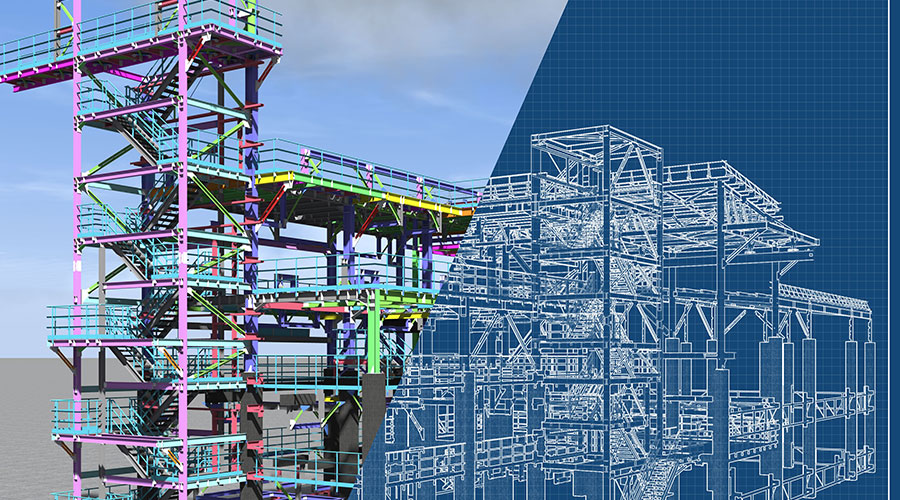Using a CMMS To Find Inventory Efficiency, Savings
Inventory control stands out as a noteworthy CMMS capability because it is the meeting place of maintenance and spare-parts management. Both a high-performing maintenance operation and a parts-management program contribute to the bottom-line success of an organization, and they both require a solid CMMS to coordinate shared information and communicate needs and priorities. The inventory-control feature is the linchpin program throughout the entire application. Managers should fully understand the relationship between the inventory-control function of a CMMS and the way they can maximize its use to ensure cost-effective resource management.
Maintenance profit centers will benefit organizations the most when managers can use the entire range of inventory-control features. In its most basic sense, the inventory-control function acts as a versatile database. It tracks identified spare parts, allowing managers to manipulate the data to best serve the mission of the company.
The CMMS creates a database that holds valuable information about equipment. The most notable collection of data is the equipment bill of material (EBOM), which denotes the equipment and parts that support proper maintenance and repair.
Streamlining Inventory
One major stumbling block in managers' efforts to use a CMMS to bring efficiency to inventory management is failing to build an EBOM that contains all spare parts the department needs to stock in a storeroom or approved storage location. This failure is a critical error.
Managers have many reasons to build a complete EBOM that will service every facet of facility maintenance. While it might not be possible or even practical to stock a great deal of HVAC components, imagine the power of having all components already identified, along with critical data, in the CMMS. Planning and purchasing become more streamlined, and technicians minimize wasted time in executing a corrective action.
Managers should review the EBOM to determine what parts, if any, a maintenance organization should have on hand to address the needs of daily operations. This is an essential point because all facilities have daily needs, whether planned or not.
Related Topics:













